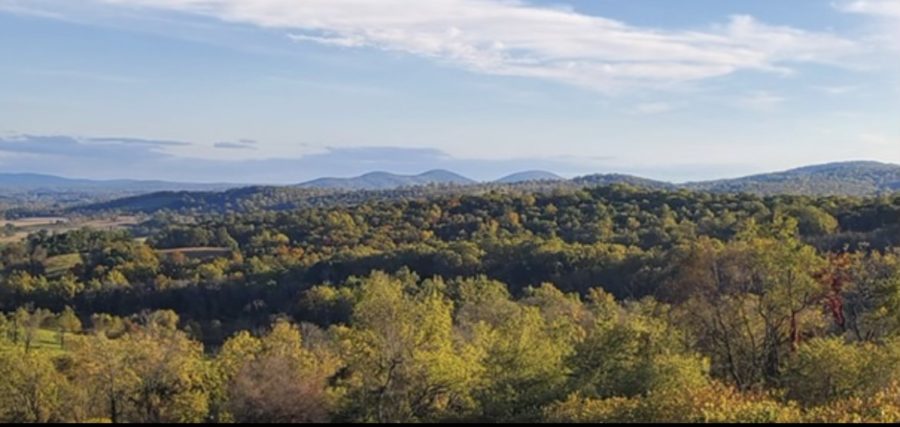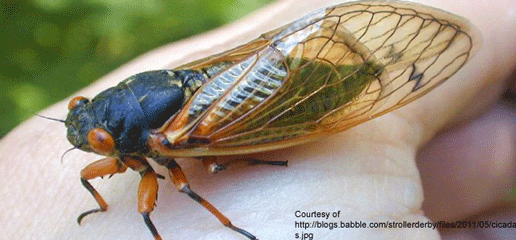By Mike Poppalardo
Sentry Staff Reporter
Ahh, silence. Enjoy it while you can. Any day now, we will be bombarded with a deafening buzz. The United States northeast coast is about to be snowed on by cicadas. It is that time again when the17-year cicadas come out to mate and die. Around early to mid May, once the ground heats to 64 degrees, these cicadas will come out by the thousands. In a matter of weeks, millions of these insects will emerge from the ground and become a part of everyday life.
Many of you may remember when the cicadas came out not too long ago in 2004, and now they are coming back?
Sophomore Shahan Jayasinghe exclaims, “The last time we had cicadas all I remembered was that every time I took a step, I squished one.”
Actually, this wave of cicadas is a different brood, or generation, of cicadas. A “brood” is the lifecycle of a cicada. There are 13 broods of 17-year cicadas and four broods of 13-year cicadas. However, two broods of cicadas are already extinct. The cicadas that we will be seeing in May are brood II cicadas. The brood II generation is one of the worst swarms of cicadas, with the highest number of cicadas out of all the broods. The last time we saw brood II was in 1996.
Cicadas are large insects, about an inch long, with black bodies, red eyes and delicate wings. When they come above ground, they shed their skin and leave behind brown shells, which are seen everywhere. The cicadas only have about a four week long above-ground lifecycle, but they make the most of their time. The males and females mate and the females will lay anywhere from 400 to 600 eggs before dying. The cicadas come in numbers that are too high to count and they are practically everywhere.
Fortunately these cicadas do not bite or sting, so they are harmless to people. However, they can be very annoying with their relentless buzzing. Senior Kim Eldridge expresses her feelings towards the cicadas.
“I hate the cicadas. They’re scary looking and their buzzing freaks me out. They look like little aliens and can fly which isn’t a cute combo.”
On the other hand, some people are indifferent about the cicadas coming out.
“I don’t really care about cicadas. I really loved them when I was little though. I remember in elementary school when the cicadas came. My friends and I would go out to the playground and make houses for the cicadas out of bark and leaves,” said sophomore Katie Scruggs.
They have very little impact on the environment, so they do not cause any major problems. However, contrary to popular belief, cicadas are not okay to eat. Many people eat cicadas because they are curious or just for the shock value, but they need to think before they eat. Cicadas have many hard body parts that would be hard to swallow, as well as to digest. They have been marinating in lawn fertilizers, pesticides and other chemicals for 17 years.
Sophomore Hannah Murphy explains why she will never eat a cicada.
“I would never eat a cicada. The thought of it makes me shudder.”
The bottom line; resist the urge and do not eat a cicada!
Get ready to see cicadas practically everywhere in the next month. They will only be above ground for about four weeks, so there is no need to panic, but make sure to spray your yard if you want your plants to last until the end of the swarm!





































